When Space Becomes Sound
A new matrix of musical connection is reshaping how we gather, listen and move together.
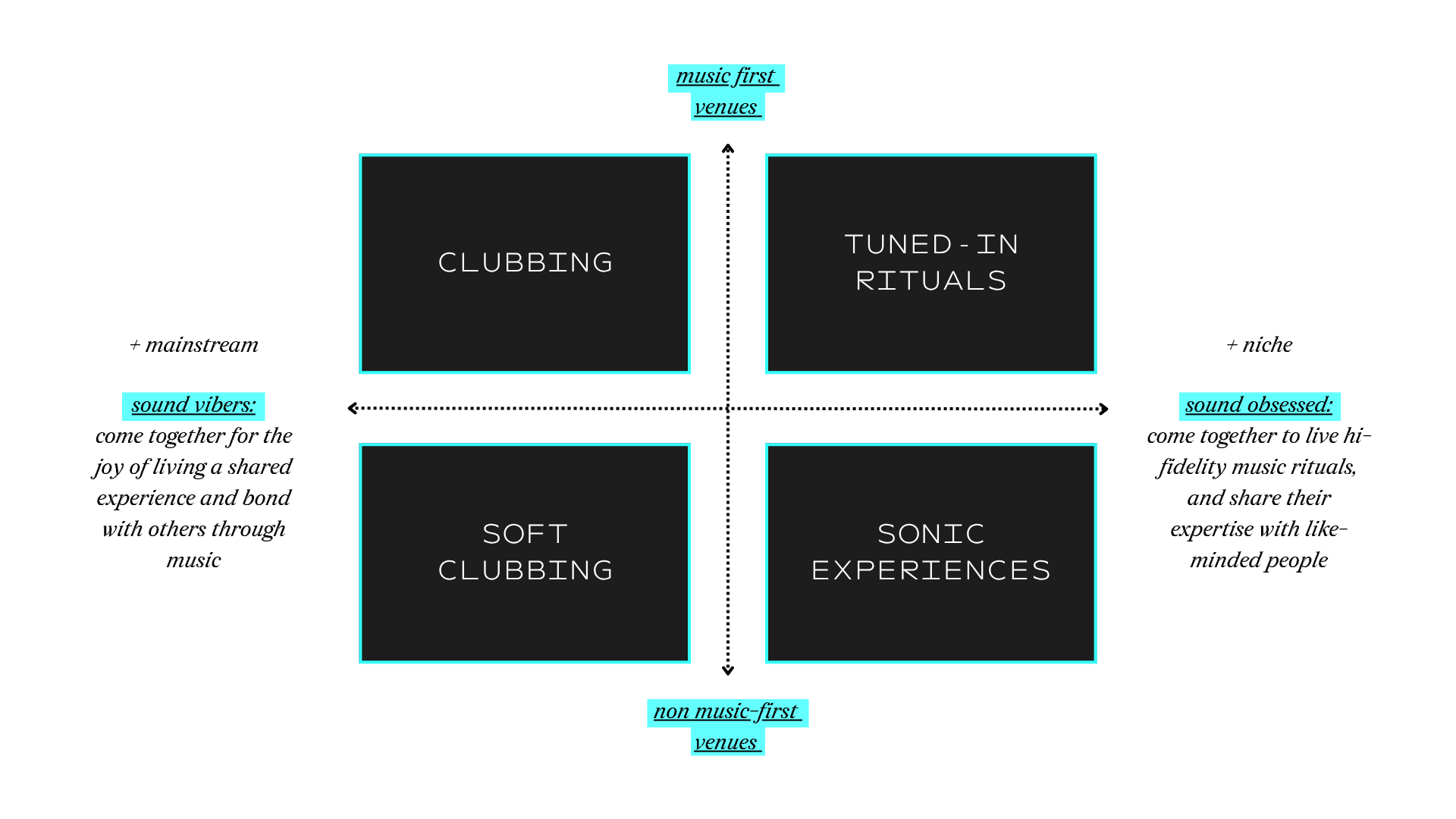
Since 2019, whispers of its demise grew louder, especially through the pandemic, yet while empty dance floors sparked eulogies, communities quietly rewired how they connect through music and redefined what it means to move together.
Of course, nightlife is far from dead. Its reinvention reshapes both where we gather and how we experience sound, giving rise to what I call “the nightlife renaissance matrix”: a new framework mapping three dynamic quadrants of musical community-building.
The traditional “clubbing” quadrant still exists, representing the familiar landscape of dedicated nightlife venues. But today’s story lies in the three quadrants that are reshaping how we think about music, space and collective experience; starting bottom left ...
Soft Clubbing



Louis Bekk; NSS Edicola; AM.RADIO
What Yusuf Ntahilaja – a creative strategist, DJ and founder of Knight Club Chess Club – calls “soft clubbing” isn’t about softer music or gentler vibes. It’s about taking the core DNA of club culture – shared rhythm, collective experience, the temporary dissolution of everyday social barriers – and transplanting it into unexpected hosts.
Coffee shops are hosting raves – with the hashtag #coffeerave amassing 2.56 million posts and 20.9 million views on TikTok, according to Hypebeast. Bagel shops are becoming dance floors. Kiosks are throwing parties. And, as LA club promoter Steve Cardigan put it, “People continue to complain about going out to these standard nightclubs” so the scene simply moved elsewhere.
But the magic formula isn’t in the caffeine. The resurgence of interest in real-world social connections, combined with the starts-early-ends-early party culture, has created a perfect storm for this phenomenon. A movement that represents a return to music as a communal act rather than individual consumption.
- Louis Bekk, a music producer and “pop-up” DJ, is leading a movement of raves in unexpected places: restaurants, gyms, hair salons, and more.
- NSS Edicola is a cultural project by NSS Magazine that revives newsstands and kiosks in Italian cities as spaces for gathering and pop-up parties.
- AM.RADIO is a monthly gathering hosted by Putyouon.club in LA, where you can grab a coffee while listening to curated DJ sets.
Sonic Experiences
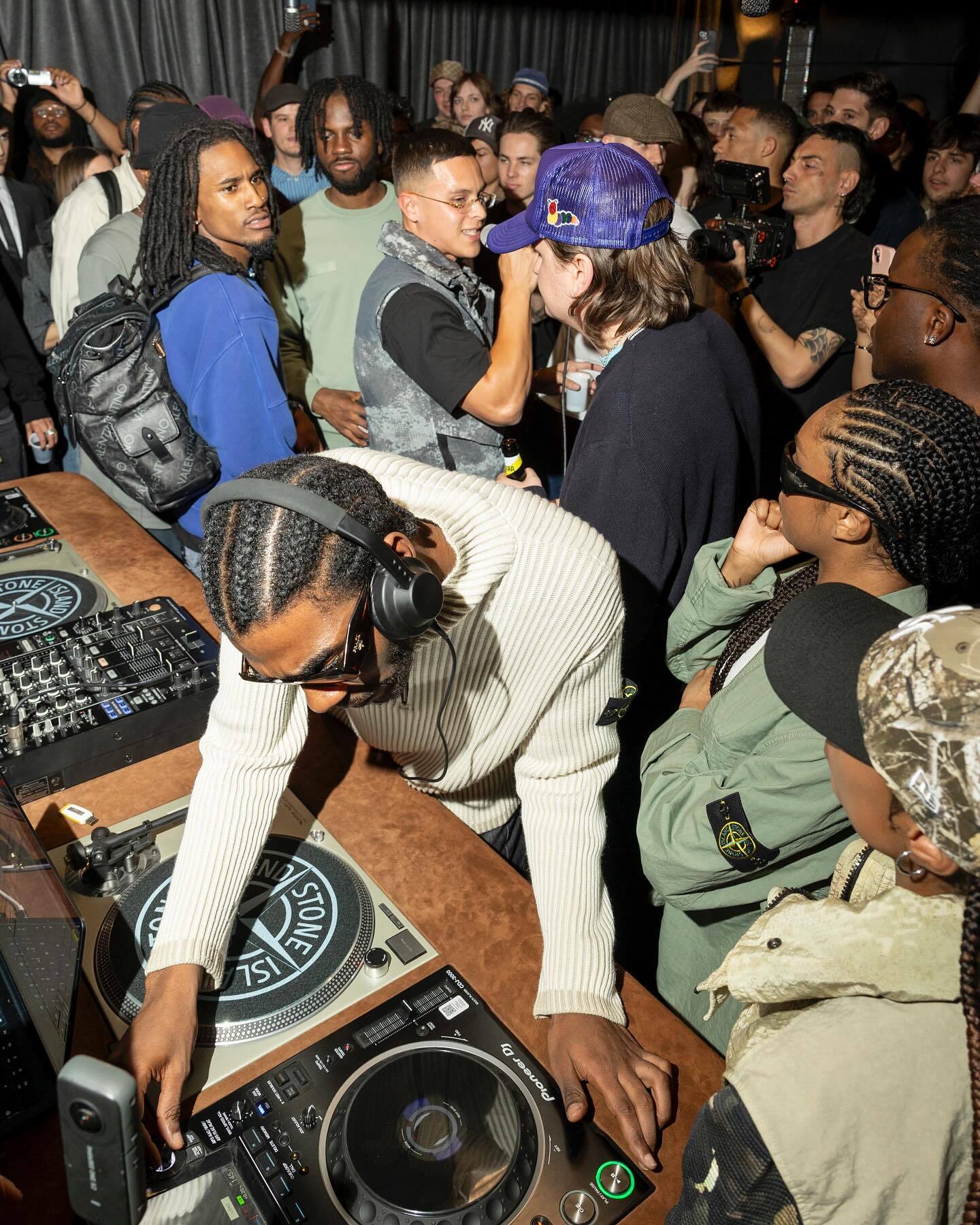
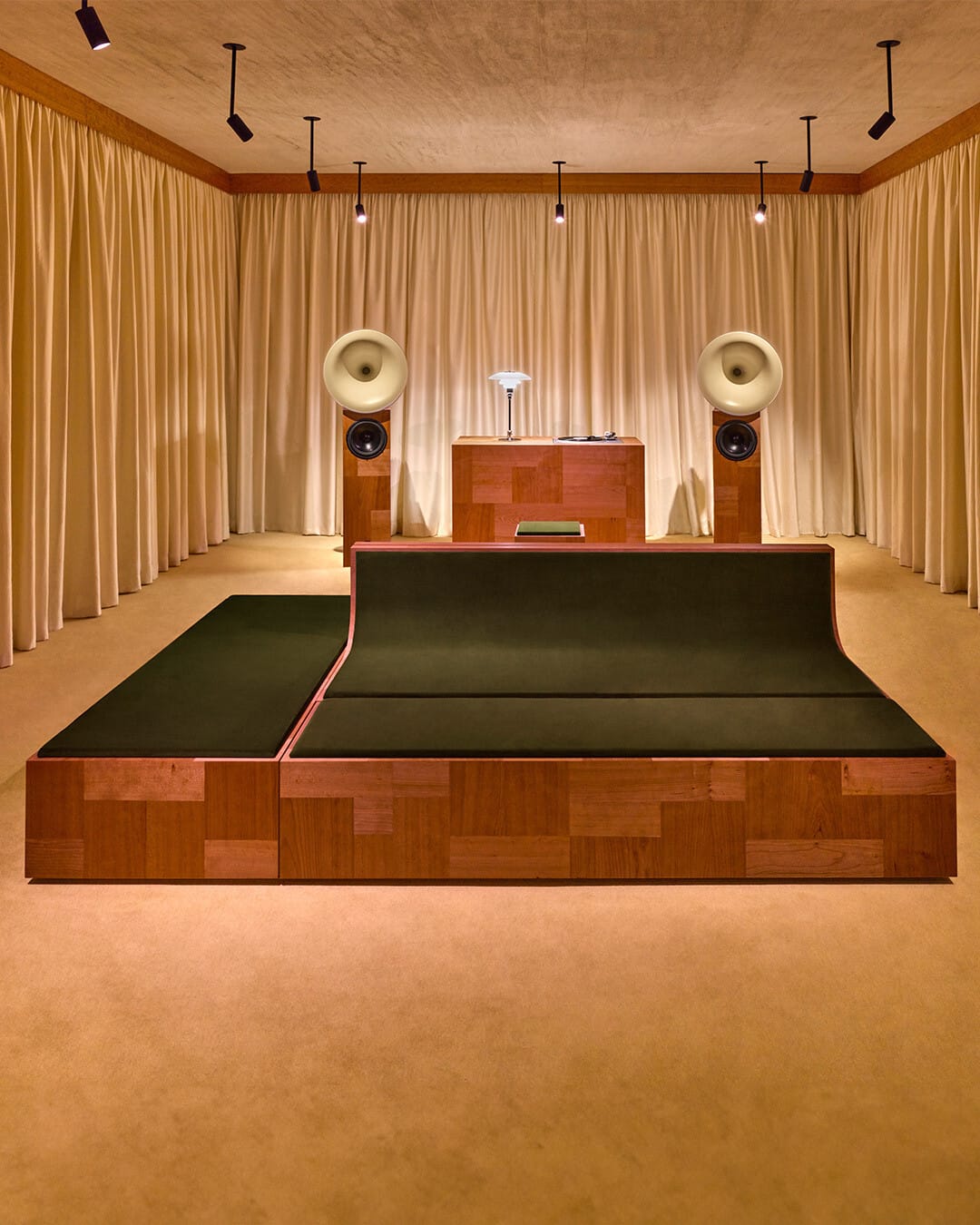
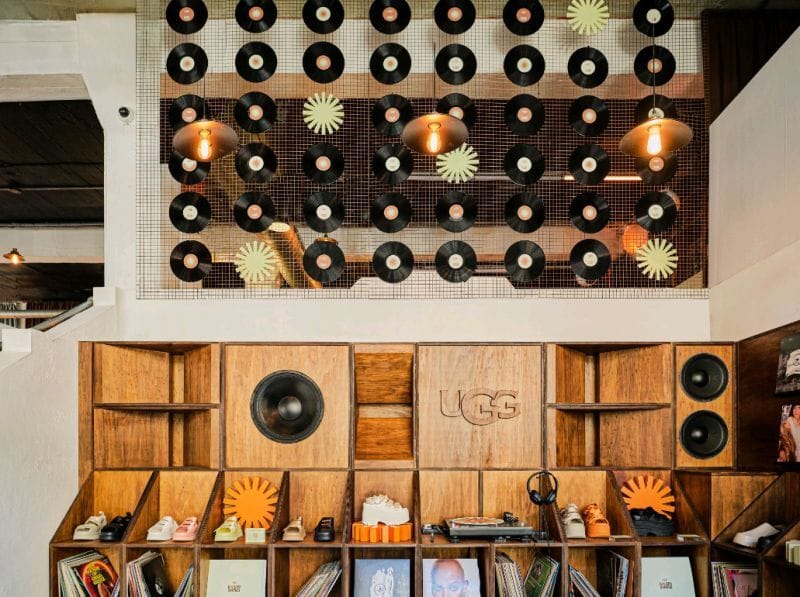
Stone Island's Friendly Pressure: Studio One; Valentino's L'Atelier Sonore; UGG's Golden Sounds
This year’s Salone del Mobile in Milan previewed what happens when corporate culture catches up with club culture. For decades, sound in branding meant jingles – those aggressive little earworms designed to burrow into your consciousness and nest there. But walking through design week, something had shifted.
Instead of competing for attention with flashier displays and cutting-edge tech, brands were creating sonic experiences that demanded a different kind of engagement. For fashion boutiques and heritage houses, music played the main act – crafted like sculpture, staged like theatre.
After years of sound being relegated to alienating marketing jingles, brands are realising that in an era dominated by visual overload, sound cuts through the noise by embracing it. It is, perhaps, the most powerful medium to create bonding and connection. And so brands willing to earn cultural relevance are tapping into curated sonic experiences.
The irony is hard to miss: when brands begin co-opting underground culture, it often signals that culture’s impending death. So why does this feel different? Perhaps because the underlying hunger – for spaces that prioritise experience over transaction, connection over consumption – is too fundamental to be satisfied by brand performances alone.
All of this feels more like cultural play: attempts to earn relevance through resonance rather than repetition. But they also represent something more significant – the recognition that sound, when properly curated, creates something that actually lingers.
- Stone Island presented Friendly Pressure: Studio One at Milan Design Week 2025 as part of its ongoing music initiative, Stone Island Sound. The week-long project featured immersive sonic experiences, live music, DJ sets, and conversations.
- Valentino inaugurated L’Atelier Sonore: a space for calmness and contemplation, guided by relaxing interiors and experimental sounds curated by Terraforma. The listening space occupies the second floor of the brand's Madison Avenue boutique in NYC.
- UGG launched Golden Sounds: a three-day pop-up at Café 1001 in Shoreditch, designed as a Hi-Fi listening bar – placing UGG in the heart of London’s creative and music scene.
Tuned-in Rituals

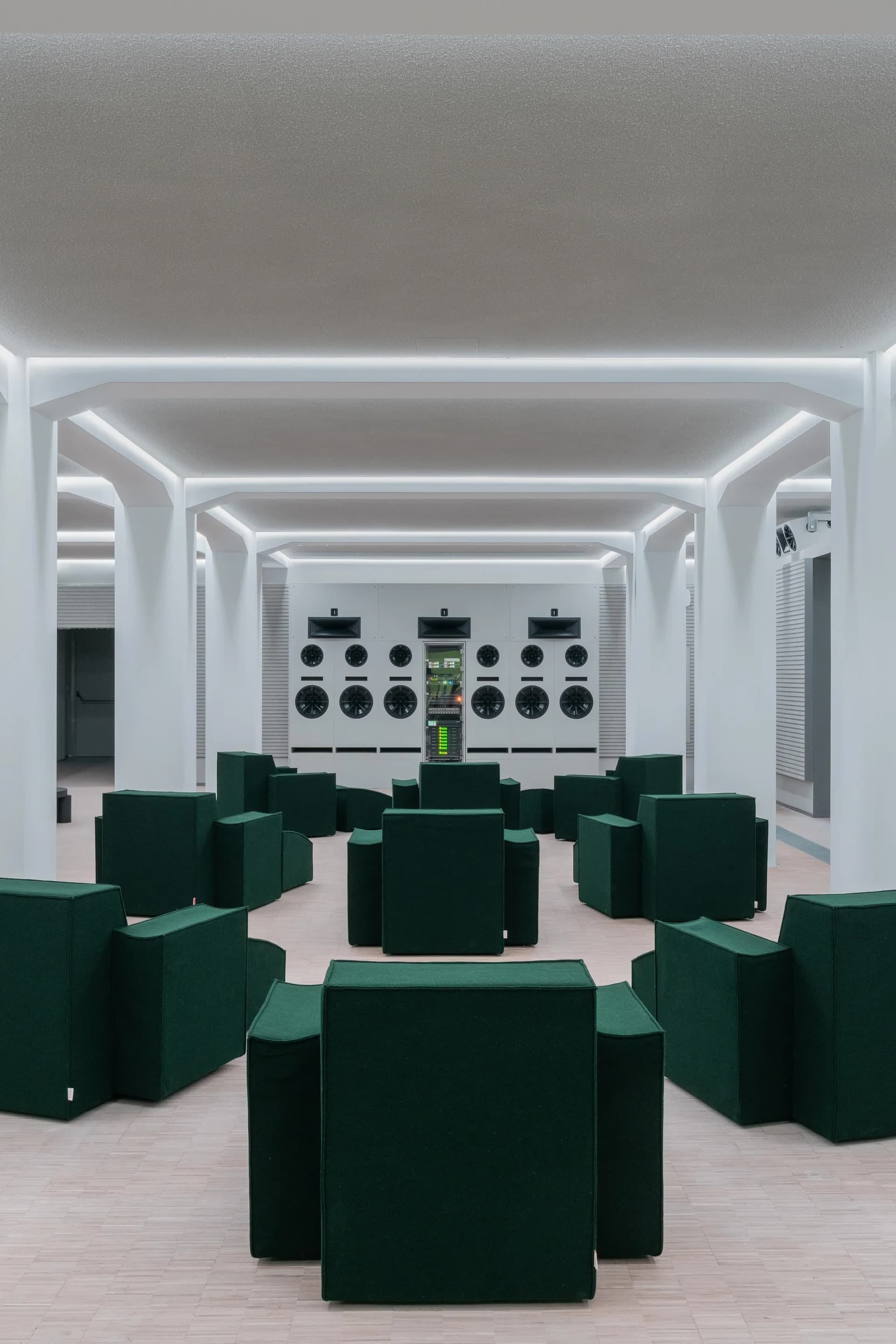
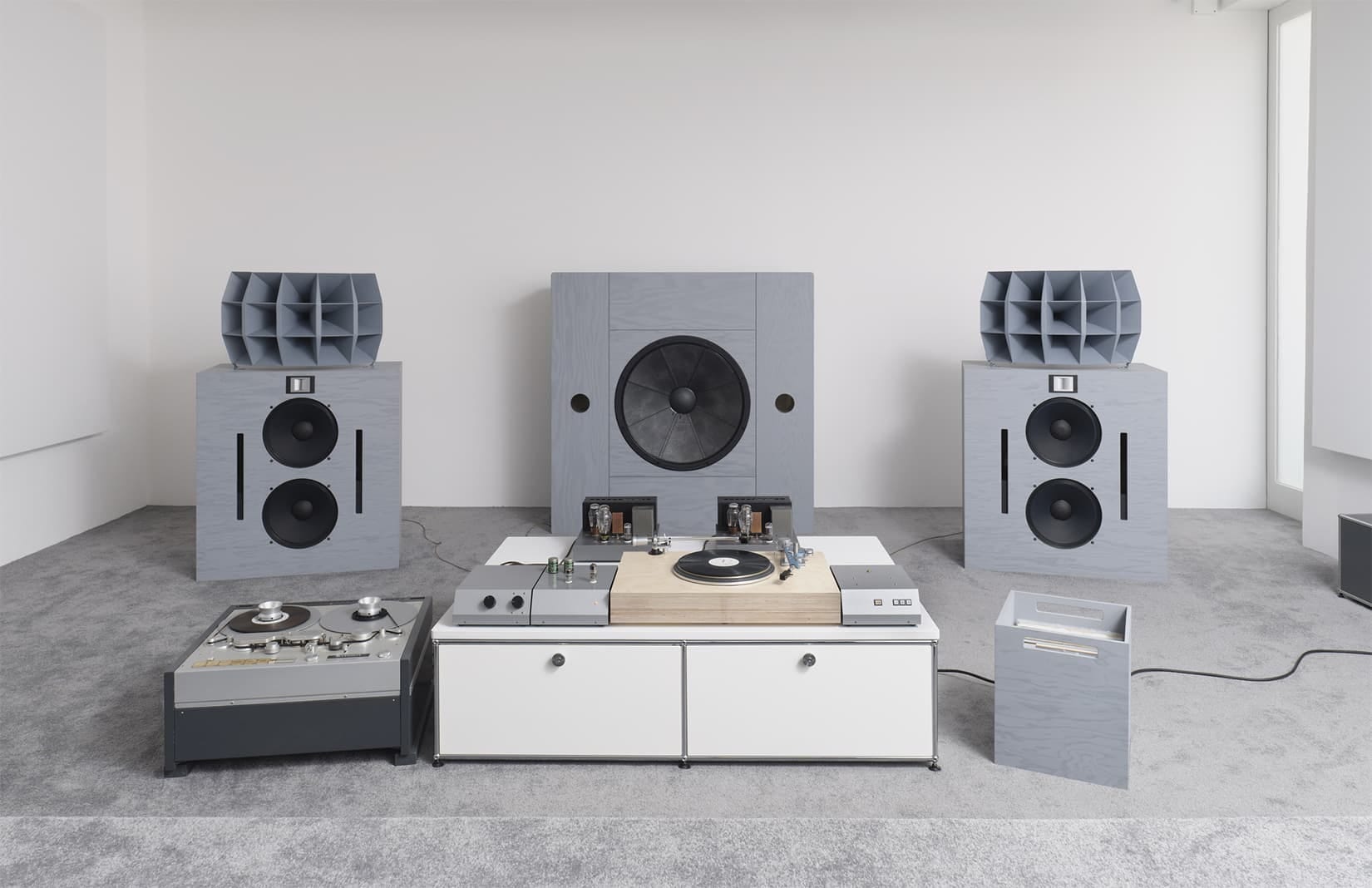
Silence Please; Voce; Hi-Fi Listening Room Dream No.1
While coffee raves grab headlines, a quieter revolution is happening in dimly lit rooms across the globe. The jazz kissa – Japan’s legendary listening cafés – are having a moment beyond their original cultural context. These spaces, first appearing in the late 1920s, represent something almost radical today: the idea that listening is an activity, not background noise.
The ritualistic engagement with jazz goes beyond entertainment, becoming a formative, educational experience that teaches patrons about musical history, sound appreciation, and cultural intersections. The desire to slow down and disconnect, combined with the comeback of physical media and the renewed appeal of gatekeeping, has nurtured a new wave of listening bars and rooms worldwide.
When Victoria Buchanan posted on X that “High-Fidelity Culture is where intellectual capital is thriving,” she was pointing to a context where niches of like-minded, sound-savvy connoisseurs are flourishing. In these “hubs for contamination and taste-building,” sound plays the lead role while leaving space for adjacent practices – book reading, poem writing, chess playing, and more.
But here’s where it gets interesting: not all of these spaces are what they claim to be. Many perform the aesthetics of deep listening while offering the same social media-friendly experience as anywhere else. The real jazz kissa – where conversations stop when the needle drops, and where the sound system costs more than most cars – remain genuinely rare.
This creates a curious dynamic: a scene that depends on gatekeeping for authenticity, in an era when gatekeeping has become unfashionable. The result is a kind of counterculture where only the spaces that truly commit to the ritual survive, while the Instagram-friendly imitators eventually reveal themselves.
- Silence Please is a speaker studio in NYC. Housed in a former art gallery on the Bowery, it’s part listening room, part tea house – a place to slow down and listen gently.
- Voce is a new sonic destination by Triennale Milano. With 300 square meters of space, it acts as an architectural sound box for music programming and sound-related workshops.
- The Hi-Fi Listening Room Dream No.1 at 180 Studios, created and programmed by Devon Turnbull, offers a meditative vinyl listening space with an evolving selection of unheard music, including exclusive test pressings and studio outtakes.
What Does This Mean?
What connects the realms of coffee raves, listening rooms, and brand activations? Perhaps it’s the recognition that in a world of infinite choice, curation becomes radical. That in a landscape of constant noise, sound speaks out loud. That in an age of digital connection, physical gathering becomes precious.
The nightlife renaissance isn’t happening in traditional nightclubs because nightclubs were never really about the night. They were about the experience of being temporarily transformed by sound, rhythm and community. Once you understand that, a 9am coffee rave starts to make sense.
In the complexity of today’s world, this renaissance is equally complex and nuanced. Depending on the quadrant it occupies within our matrix, it blends with different – sometimes opposing – behaviours and practices. It can meet the needs of the everyday listener seeking new ways to experience music in unconventional spaces. It can cater to sound obsessives looking for spaces to worship and discuss music. And it impacts how brands create bonds – not through jingles, but by curating sound in all its physical and emotional dimensions.
The question isn’t whether these trends will last – cultural movements rarely do, at least not in their original form. The question is what they’re preparing us for. Are we learning to find transcendence in the mundane? To turn consumption spaces into communion spaces?
Or are we simply witnessing the final commercialisation of authenticity, dressed up in the aesthetics of rebellion – again? Perhaps the answer depends on which quadrant you choose to enter, and how carefully you listen once you get there.
| SEED | #8321 |
|---|---|
| DATE | 27.05.25 |
| PLANTED BY | RICCARDO TRABATTONI |


